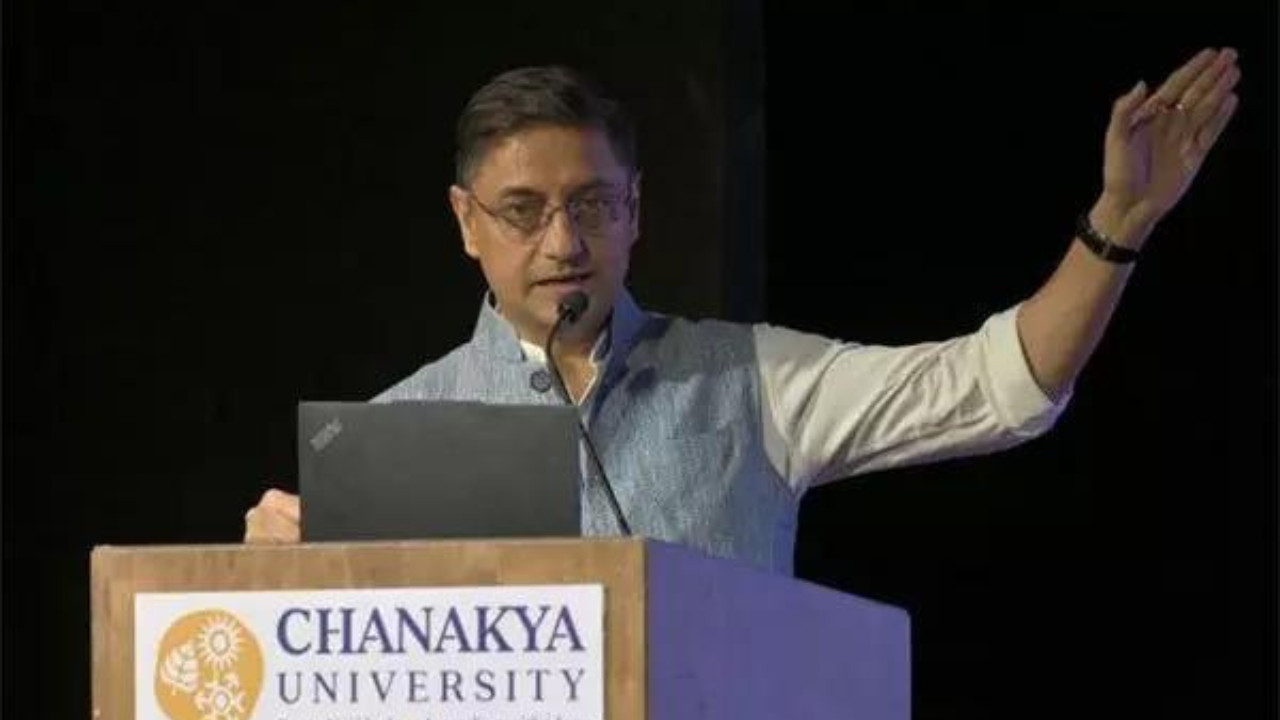S&P Global Ratings upgraded India’s sovereign credit rating to ‘BBB’, a move welcomed by the Economic Advisory Council, though they believe India’s economic strength warrants a higher rating. The upgrade reflects India’s fiscal consolidation, strong growth, and infrastructure development. S&P anticipates continued economic resilience driven by domestic consumption and rising capital expenditure.
India’s Economic Ascent: Are Credit Ratings Finally Catching Up?
For years, India’s economic story has been one of vibrant growth, ambitious reforms, and undeniable potential. Yet, international credit ratings often seemed to lag behind the on-the-ground reality. But is that tide finally turning?
Recently, S&P Global Ratings delivered a welcome vote of confidence, affirming India’s sovereign credit rating while revising its outlook from stable to positive. This move, hailed by Sanjeev Sanyal, a member of the Economic Advisory Council to the Prime Minister (EAC-PM), signals a growing recognition of India’s strengthening economic fundamentals and its commitment to fiscal prudence. He believes India remains “underrated.”
But what exactly does this outlook revision mean, and why is it significant? Let’s unpack the layers of this development.
What a Positive Outlook Signifies
A “positive outlook” isn’t a ratings upgrade in itself. Instead, it’s a signal that S&P sees a one-in-three chance of a ratings upgrade within the next two years. This reflects an increased confidence in India’s ability to sustain its economic momentum and implement policies that will further bolster its financial standing. It’s like a weather forecast: sunshine on the horizon, but not quite here yet.
This shift underscores the rating agency’s perception of reduced downside risks and heightened opportunities in the Indian economy. Factors like sustained GDP growth, improved government finances, and structural reforms play a vital role in shaping this optimistic view.
Factors Fueling the Optimism
Several key factors have contributed to this more positive assessment. The Indian economy has demonstrated remarkable resilience in the face of global headwinds, including the COVID-19 pandemic and geopolitical uncertainties. Robust domestic demand, coupled with strategic government initiatives like infrastructure development and manufacturing incentives, have helped propel growth.
Furthermore, the government’s commitment to fiscal consolidation and debt management has instilled confidence in its ability to maintain macroeconomic stability. Efforts to improve the ease of doing business, attract foreign investment, and promote innovation are also paying dividends.
Sanyal himself emphasized the importance of consistent policy and reform implementation. He pointed to the significant progress made in areas like infrastructure development and financial sector reforms as key drivers of India’s economic transformation. He sees the positive outlook as a validation of the government’s efforts to create a stable and predictable economic environment.
Why India Might Still Be Underrated
Despite the positive outlook revision, Sanyal suggests that India remains somewhat underrated by international rating agencies. He argues that the country’s underlying strengths and growth potential are not fully reflected in its current sovereign rating.
Several factors could contribute to this perception. One is the inherent conservatism of rating agencies, which tend to be cautious in their assessments and prefer to see sustained performance over time before upgrading ratings. Another is the legacy of past economic challenges and policy uncertainties, which may still weigh on their judgment.
However, as India continues to demonstrate its economic prowess and implement reforms, it’s likely that rating agencies will gradually revise their assessments upwards. A ratings upgrade would not only lower borrowing costs for the government and Indian companies but also enhance the country’s attractiveness as an investment destination.
Looking Ahead
The S&P’s outlook revision is a significant milestone in India’s economic journey. It reflects a growing recognition of the country’s strengths and potential, and it sets the stage for further improvements in its sovereign credit rating. While challenges remain, India is well-positioned to continue its economic ascent and play an increasingly important role in the global economy. The continued implementation of strategic reforms, coupled with a commitment to fiscal prudence, will be crucial in solidifying its economic gains and achieving its full potential.
It’s clear that the India growth story is far from over. Its continued trajectory is one to watch – and potentially invest in. You may also want to read about how infrastructure projects are fueling this growth.







